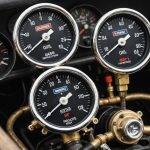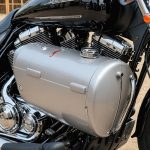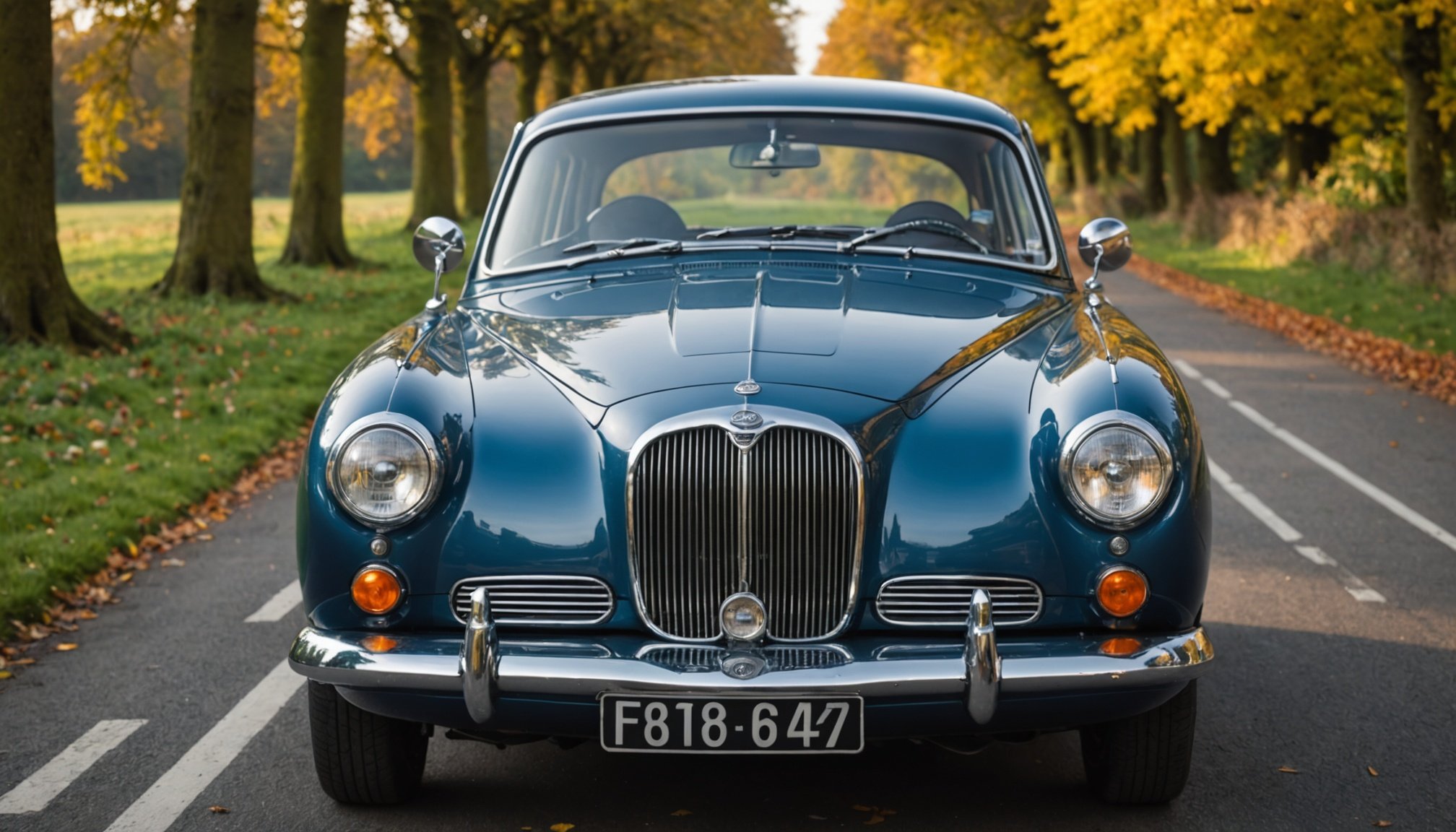Understanding Headlight Alignment for Classic British Cars
Ensuring proper headlight alignment in classic British cars is imperative for both safety and compliance with UK regulations. Misaligned headlights can pose significant safety risks by impairing visibility for the driver and dazzling other road users. Compliance with the law is essential, as failing to meet the required alignment standards can result in fines and penalties.
Classic vehicles often face unique challenges when it comes to headlight alignment. Due to their age, components may have worn, leading to drifting or inconsistent beam patterns. This can complicate the alignment process, requiring a thorough understanding of your vehicle’s specific headlight system.
Also read : Ultimate guide to understanding and tuning oil pressure in british classic cars
Differences in headlight systems between classic and modern vehicles are notable. Classic cars generally relied on simpler, less adjustable systems, while modern vehicles feature more sophisticated technologies that often include self-leveling headlights. This distinction highlights the necessity for careful manual adjustments in classic British cars to ensure optimal headlight performance.
Proper headlight maintenance ensures safe driving conditions and keeps with UK regulations. Regular inspections and adjustments will help preserve both the functionality and the authenticity of classic vehicles. Understanding these differences and addressing them correctly will save time and effort while enhancing road safety.
Additional reading : Optimize your uk family hatchback: upgrade your air intake system for peak performance and efficiency
Tools Required for Headlight Alignment
Ensuring accurate headlight alignment in classic British cars necessitates specific tools tailored for this task. Primarily, a headlight alignment tool or gauge is essential. These devices facilitate precise adjustments, ensuring optimal alignment and compliance with UK regulations.
When selecting an alignment tool, consider trusted brands such as Sealey or Gunson, known for their reliability in automotive maintenance. These tools can help identify both horizontal and vertical misalignments, which are crucial for maintaining road safety.
For DIY mechanics, having a torque wrench is beneficial when adjustments require the loosening or tightening of headlight mounting screws. A spirit level is also recommended to ensure your car is on a level surface, which is necessary for accurate alignments.
Additional resources such as How-To guides or technical manuals specific to your vehicle model provide step-by-step assistance. They often include tips tailored for classic cars, taking into account their unique designs. For owners desiring to maintain their vehicles authentically, online forums and chat groups can offer invaluable advice and practical insights from fellow enthusiasts who share a passion for classic vehicles.
Step-by-Step Guide to Checking Headlight Alignment
Ensuring correct headlight alignment in classic British cars is vital for safety and legal compliance. Here’s a detailed guide to assist you through the process.
Initial Preparations
Before beginning, park your car on a flat surface, ideally facing a wall. Ensure your tire pressure is correct and your vehicle holds a regular load to mimic standard driving conditions. This setup forms the basis for accurate checking headlight alignment.
Measuring Headlight Beam Height
With a tape measure, identify the exact height of your headlights from the ground. Mark this height on the wall using tape to serve as a reference line. This step ensures your headlight beams are directed appropriately.
Adjusting Headlight Position
For precision, use either a professional alignment tool or the wall marking. Adjust the headlights according to DIY methods for alignment. Most headlights have vertical and horizontal adjustment screws; turning these adjusts the beam height and side-to-side position.
By carefully following these steps, even those without professional tools can achieve correct headlight alignment, meeting both safety standards and UK regulations. Conscientious alignment checking extends the longevity and efficiency of your classic vehicle’s headlights.
Legal Requirements for Headlight Alignment in the UK
Understanding the legal requirements for headlight alignment in the UK is crucial for maintaining road safety and compliance with local vehicle regulations. The UK’s Department for Transport mandates that headlights must be correctly aligned to ensure they illuminate the road effectively without dazzling other drivers.
For classic British cars, adherence to these regulations is essential due to their unique headlight systems, which may differ significantly from modern vehicles. Non-compliance can lead to penalties, including fines and vehicle inspection failures, highlighting the importance of proper alignment.
If you’re uncertain about your compliance status, consult resources like the MOT Inspection Manual, which provides detailed guidelines and standards for headlight alignment. These resources can be invaluable for classic car owners aiming to maintain authenticity while fulfilling legal obligations.
Engaging with professional services for regular checks is recommended to ensure your vehicle aligns with UK standards. Workshops specializing in classic vehicles can provide expertise tailored to older models, helping to preserve both the vehicle’s historic value and its roadworthiness. For classic car enthusiasts, staying informed about headlight regulations not only ensures safety but also contributes to the preservation of automotive heritage.
Safety Tips for Headlight Adjustment
When adjusting headlights on classic British cars, prioritising safety is essential. Working on vehicle lighting systems involves several steps that, if not handled carefully, could lead to accidents or impaired functionality.
Ensure the vehicle is securely parked on a flat surface before beginning any adjustments. This prevents unwanted movement or inaccurate alignment. Use protective gear, such as gloves and safety glasses, to avoid injury from small parts or debris.
Avoid direct exposure to high-intensity light to protect your eyes. Instead, always turn off the vehicle and use a flashlight or workshop light for visibility during adjustments.
Adopt recommended practices that enhance the effectiveness of your adjustments:
- Always handle bulbs and components gently to prevent damage.
- Use correctly sized tools to avoid slippage that could lead to unwanted positional changes.
For long-term headlight performance, incorporate regular checks into your vehicle maintenance routine. This includes cleaning the headlights to remove dust or grime that could affect beam patterns, and periodically inspecting the alignment to preemptively address issues caused by wear over time.
Following these precautions not only ensures efficiency but also maintains the authenticity of your classic car while preserving its operational integrity on the road.
Common Issues with Classic Car Headlights
Classic British cars often encounter distinct headlight alignment issues due to their age and design. Diagnosing these problems is the first step towards ensuring safety and compliance with UK regulations. Symptoms like uneven lighting, reduced brightness, or dazzling other drivers may indicate alignment problems.
Diagnosing Headlight Issues
Begin by inspecting the headlight systems for any wear or damage. Check for cloudy or corroded lenses, which can disrupt correct beam patterns. A frequently overlooked issue is the improper mounting of headlight units, often leading to misalignment.
Fixing Common Alignment Problems
To rectify alignment concerns, it’s advisable to follow a methodical approach. Adjusting the headlight with the assistance of alignment tools ensures precision. These tools allow you to correct both horizontal and vertical alignment, crucial for compliance and safety.
Upgrading Classic Headlights
Consider upgrading the headlights while respecting the vehicle’s classic aesthetics. Incorporating modern technology, such as LED inserts that fit within existing housings, can enhance performance. These upgrades not only improve visibility but also ensure that your car remains compliant with contemporary UK regulations while preserving its timeless appeal.
Visual Aids and Diagrams for Alignment Process
Utilising visual aids and alignment diagrams can significantly simplify the task of perfecting your classic car’s headlight alignment. Understanding these diagrams is crucial to ensuring accuracy and compliance with UK regulations.
Types of Diagrams
The most useful visual aids include beam pattern diagrams and alignment charts, which show the light projection from the headlights at various settings. These diagrams help identify whether your headlights are adequately aligned or if adjustments are necessary.
Interpreting Alignment Visuals
When examining these aids, focus on how the headlight beams interact with the lines on the diagram. The pattern should conform to specific parameters: light intensity should remain within designated zones, avoiding excessive glare or under-lit areas. This precision ensures safety and compliance with all applicable regulations.
Resources for Quality Diagrams
To obtain high-quality alignment diagrams tailored for classic British cars, consider consulting specialized car restoration manuals or accessing manufacturer-provided documents specific to your vehicle model. Many car enthusiast forums also offer valuable insights and user-generated guides, enhancing your understanding of the alignment process and helping preserve your vehicle’s historical integrity. Engaging with these resources deepens comprehension and aids effective headlight alignment.











